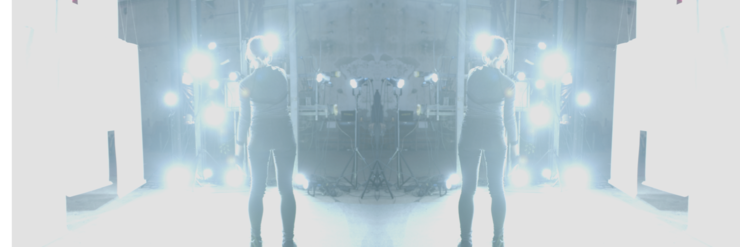As our research unfolded, we have tried to negotiate on how we can shape the desire through the logic of assemblage. To start with we outlined that the condition of such an experiment should meet the following criterias:
In order to meet such conditions it was necessary to revise the ways of artistic co-production/co-creation that are commonly known to us and that are traditionally articulated through the vocabulary of disciplines (multidisciplinary, transdisciplinary, interdisciplinary, ect.) These concepts present a form of a strata that fails to host all the material and relational components of the experiment and be inclusive of the paradoxical jumps and errors that might occur in the process. Therefore we decided to make a conceptual move from disciplines to competencies and agencies. This shift allowed us to reposition from the question of: How can mathematics, music and dance collaborate together in an artistic production? to: How can we bring a number of heterogeneous elements to space and create a condition of their function as components through the application of the competencies and agencies present in our team?
Based on the competencies present in the team we have chosen three elements of the Desire Machine: Dance, Algorithm and Soundscape/Light. Following the principle of heterogeneity, each of these components has first developed a concept for itself:
